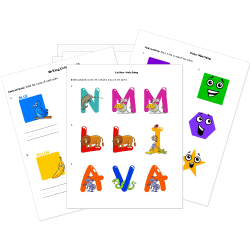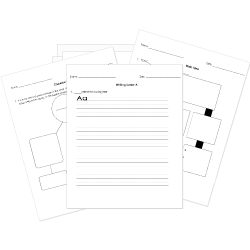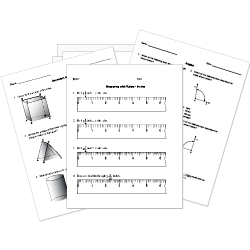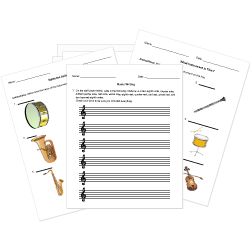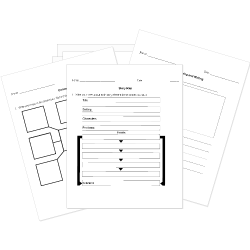Transforming Vectors with Matrices (Grades 11-12)
Print Test
(Only the test content will print)
| Name: | Date: |
|---|
Transforming Vectors with Matrices
Instructions: Unless otherwise stated, vectors are represented as column matrices.





